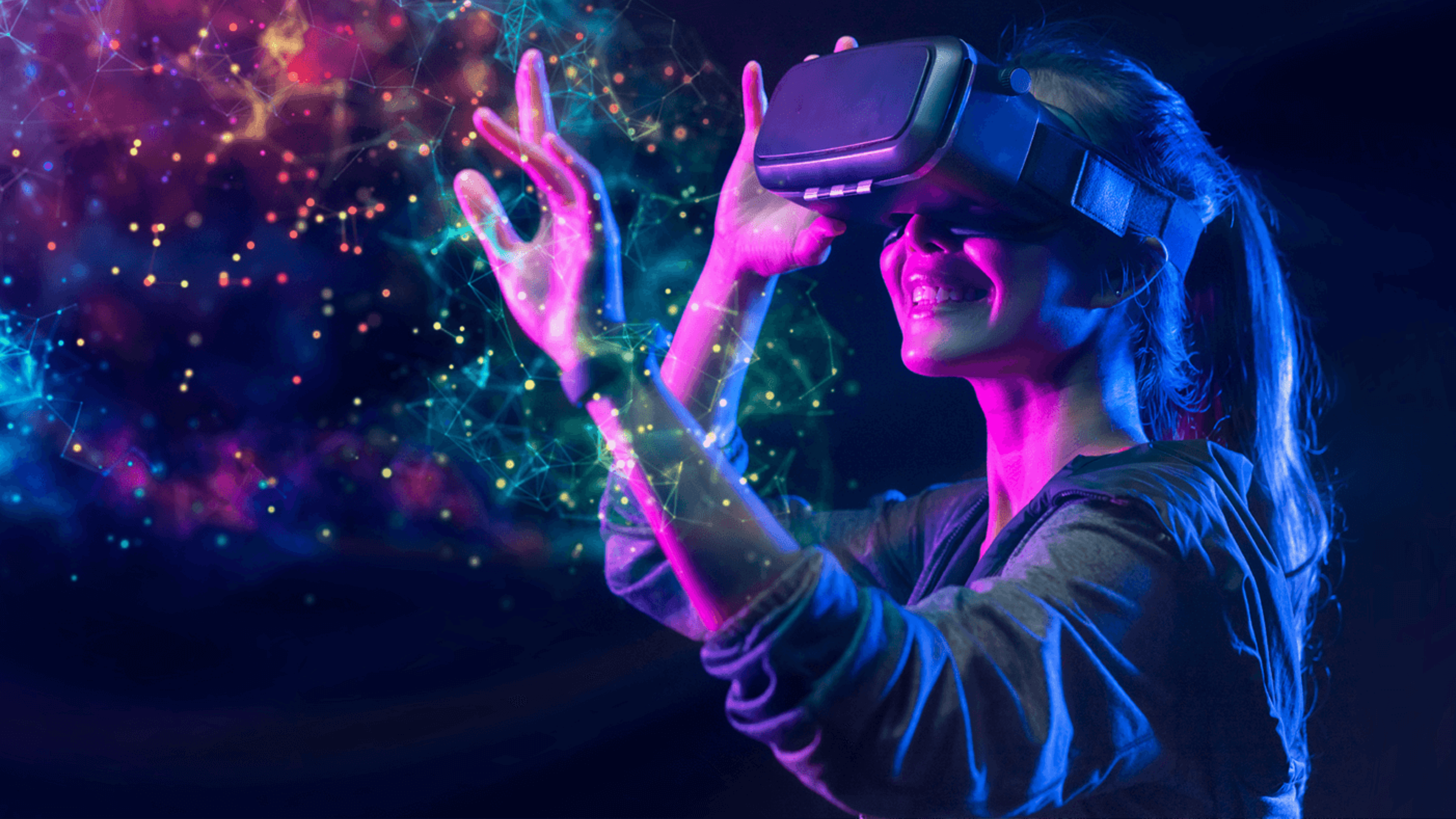Augmented Reality (AR) has increasingly become a valuable tool in the marketing toolbox. By overlaying digital information onto the real world, AR enhances user experiences, making them more interactive and memorable. If properly utilized, AR can give brands a competitive edge by offering unique and engaging experiences to consumers.
Understanding Augmented Reality (AR)
AR combines elements of the digital world with the user’s physical environment in real-time. It can be as simple as a Snapchat filter or as complex as a virtual try-on experience in a fashion app. This technology is no longer confined to the gaming world; it’s now transforming marketing landscapes across various industries.
Benefits of AR in Marketing
Improved engagement: AR offers interactive experiences, which can keep consumers engaged for longer. For instance, AR games or quizzes can increase the time spent interacting with the brand, thus boosting brand awareness.
Enhanced shopping experiences: AR can allow consumers to visualize products in their own space, like trying on clothes virtually or seeing how furniture fits in a room. This can improve consumer confidence and increase conversions.
Personalized experiences: AR allows brands to offer personalized experiences, increasing user engagement and boosting customer satisfaction.
Shareable content: AR experiences are often unique and fun, prompting users to share them on social media. This user-generated content can help increase brand visibility.
Implementing AR in Your Marketing Strategy
Identify your goals: As with any marketing strategy, begin by defining your objectives. Are you aiming to increase brand awareness, boost engagement, or drive sales? Your goals will influence the AR experiences you create.
Know your audience: Understanding your target audience’s behaviors and preferences is crucial. It ensures that the AR experiences you create resonate with them and meet their needs.
Create value: Your AR experiences should not just be gimmicks; they should offer real value to the user, whether it’s convenience, entertainment, or helpful information.
Promote your AR experiences: Even the best AR experiences won’t work if your audience doesn’t know about them. Ensure you adequately promote your AR initiatives across your marketing channels.
Measure success: Monitor key metrics to evaluate the effectiveness of your AR efforts. These could include engagement time, conversion rates, or social shares, depending on your goals.
As we continue to traverse the digital era, brands that can adapt and embrace innovative technologies like AR will lead the way. The key lies in understanding how to leverage these technologies effectively to create memorable, engaging, and value-adding experiences for consumers.



